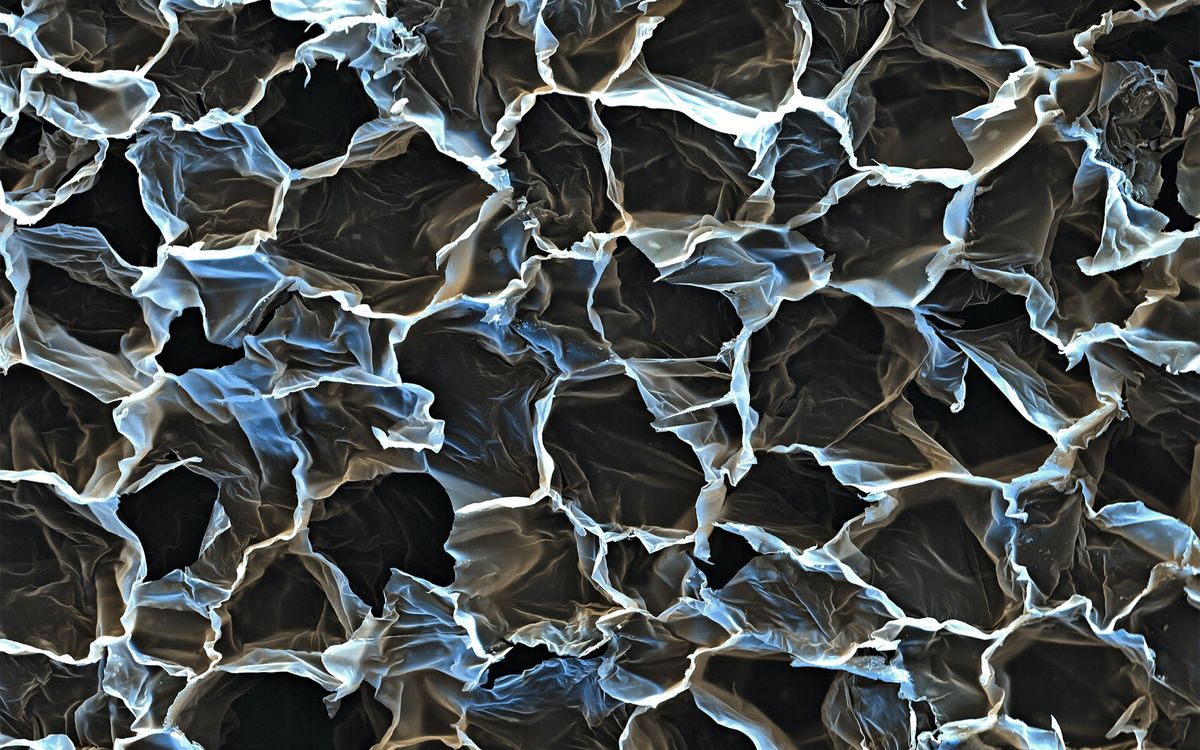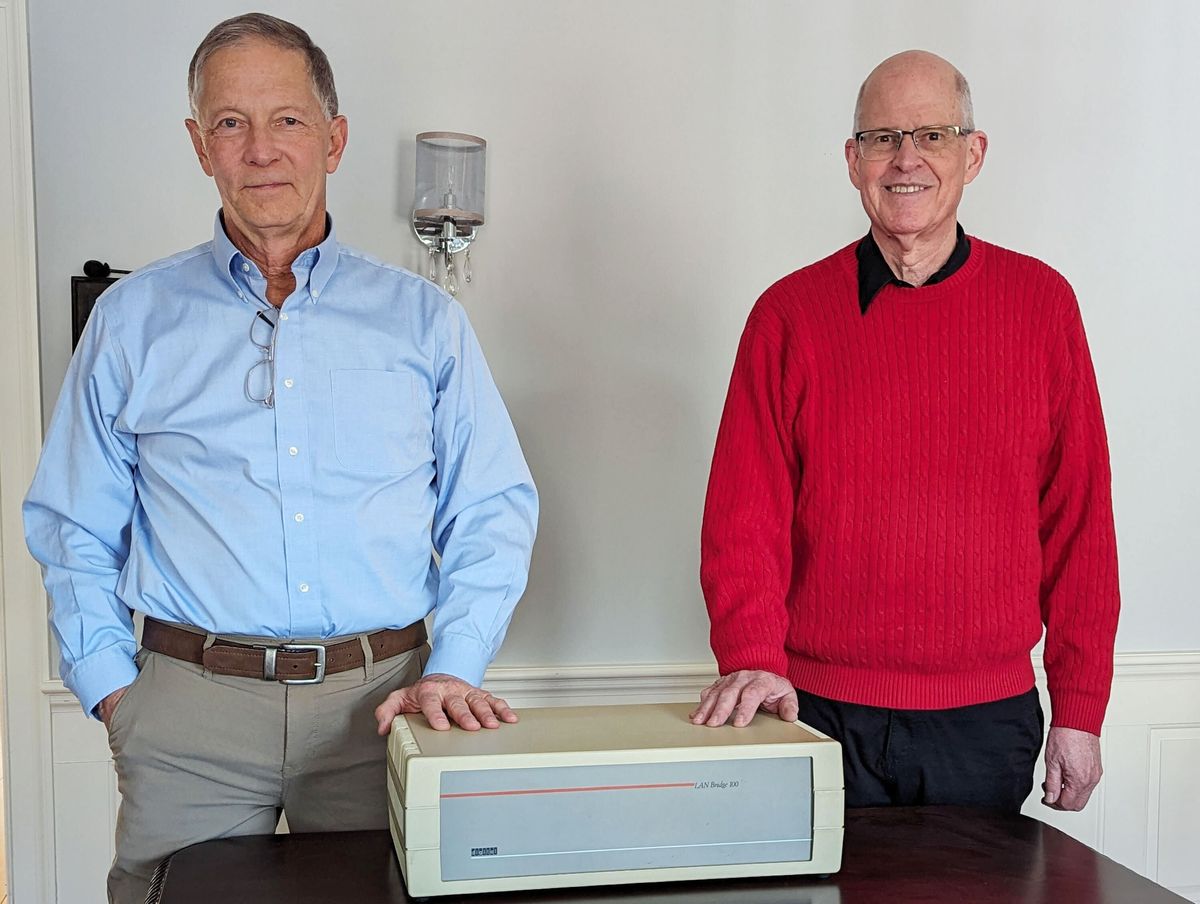There seems to be a nagging sense among some observers of nanotech—most especially government entities charged with evaluating its progress—that so far it just hasn’t delivered on its promise.
So too seems to be the sentiment with a conference held last week at The New York Academy of Sciences entitled “Nanomedicines: Addressing the Scientific and Regulatory Gap” in which the conference title implies that nanomedicine commercialization has fallen somewhat short of expectations thanks in part to regulatory limitations and uncertainty.
I spoke to one of the conferences organizers and speakers, Dr. Raj Bawa, patent agent at Bawa Biotech LLC, a biotechnology consultancy and patent law firm (he's also an adjunct professor at Rensselaer Polytechnic Institute) on what the limitations were and what the potential fixes might be.
Surprisingly to me, Bawa believes that the issue of definitions for nanotechnology still plays a critical role in hindering its development, at least for nanomedicines and possibly for the entire field of nanotechnology.
Bawa is distressed that many U.S. regulatory bodies and agencies, primarily the Patent & Trademark Office (PTO) and the Food and Drug Administration (FDA), have labored under the strict size guideline laid out by the original definition proposed by the National Nanotechnology Initiative. That guideline does not consider anything to be nanotech unless one or more of its dimensions are under 100nm. Bawa points out that while this somewhat arbitrary size guideline makes sense for advanced materials in which often the novel electrical, conductive or optical properties of a material don’t reveal themselves until they get below 100 nm, it makes little or no sense for nanomedicines, in which the active ingredient that completely changes the drug’s efficacy, safety profile, solubility, or bioavailability can be 1000 nm across or more.
However, Bawa sees signs of hope, especially from the FDA, which in the last couple of years has issued draft guidances related to nanotechnology that he believes represent moves in the right direction.
“The FDA seems to have said essentially that their investigation of nanotechnology and its regulations needs to be science-based rather than policy based. That’s a positive development for the pharmaceutical industry going forward as they explore nanomedicines as a viable option to some of their formulation woes,” says Bawa.
But Bawa still has reservations about the way the US Patent and Trademark Office is examining and classifying nanopatents. He even suggests a possible open-source licensing solution in some cases where basic nanotechnology patents on upstream "building block" technologies may cause "patent thickets"
The reason nanomedicines are coming into sharp focus is the state of the pharmaceutical industry. We are in the post-blockbuster world now, according to Bawa, and nanomaterials and reformulations via nanotech have offered a way to recoup some of the huge R&D investments that have been made in drugs that failed along the way in the FDA regulatory process.
“Around forty percent of new molecular entities fail during R&D because they are not water soluble,” explains Bawa. “It’s estimated that over $135 billion could be produced in new drugs by tweaking these abandoned entities if this critical solubility issue can be resolved, possibility employing nanoscience.”
With that kind of potential revenue, it is odd that big pharma has not attempted to exploit nanotech more than they have. It would seem Elan Drug Technologies is one of the few examples of a pharma company that has used nanotechnology to create drug products. Its milling technique, called NanoCrystal, breaks down drug crystal sizes to less than 2000 nanometers.
The company has launched five licensed products using the NanoCrystal technology and achieved sales of nearly $2 billion.
Bawa believes that other big pharma companies are working in this area as well but just haven’t yet engineered the right formulations. But he expects that they will come as more meaningful nano-governance takes shape.
Illustration: iStockphoto
Dexter Johnson is a contributing editor at IEEE Spectrum, with a focus on nanotechnology.



